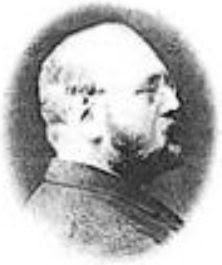 The Sundays after Pentecost do go on for quite a while. Today is only the sixteenth. Here's another hymn on the Holy Spirit that is sung by several denominations.
The Sundays after Pentecost do go on for quite a while. Today is only the sixteenth. Here's another hymn on the Holy Spirit that is sung by several denominations. It seems like I've always known this one and I assumed that "everyone" knew it too. So it was a surprise to find that it has never been in any of the primary Episcopal hymnals (1871, 1892, 1916, 1940, 1982) since it was written. Finally it was included in the supplement Wonder, Love and Praise (2001), and we sang it this summer. Naturally, it was unfamiliar to some people. Any hymn can be a favorite of many and completely unknown to many others.
I am not enough of a theologian to be able to determine why this one has not been accepted by the various Episcopalian hymnal committees over the years, but I'm glad it's finally being used.
Spirit of God, descend upon my heart;
Wean it from earth; through all its pulses move;
Stoop to my weakness, mighty as thou art;
And make me love thee as I ought to love.
I ask no dream, no prophet ecstasies,
No sudden rending of the veil of clay,
No angel visitant, no opening skies;
But take the dimness of my soul away.
Teach me to feel that thou art always nigh;
Teach me the struggles of the soul to bear.
To check the rising doubt, the rebel sigh,
Teach me the patience of unanswered prayer.
Teach me to love thee as thine angels love,
One holy passion filling all my frame;
The baptism of the heaven-descended Dove,
My heart an altar, and thy love the flame.
George Croly, 1854; alt.
Tune: MORECAMBE (10.10.10.10.)
Frederick Atkinson, 1870
You may remember that composer Atkinson had hoped that this tune would be sung with Abide with me, but that idea never took hold. I don't know what he had against EVENTIDE.
"Teach me the patience of unanswered prayer" has to be one of the most useful lines ever included in any hymn.

















